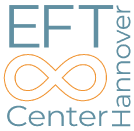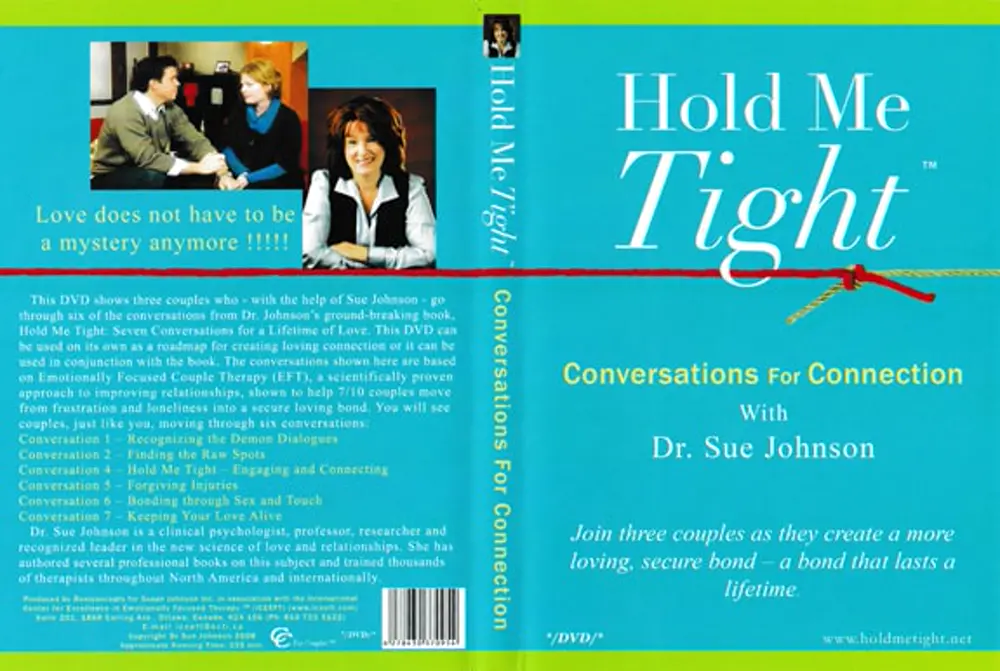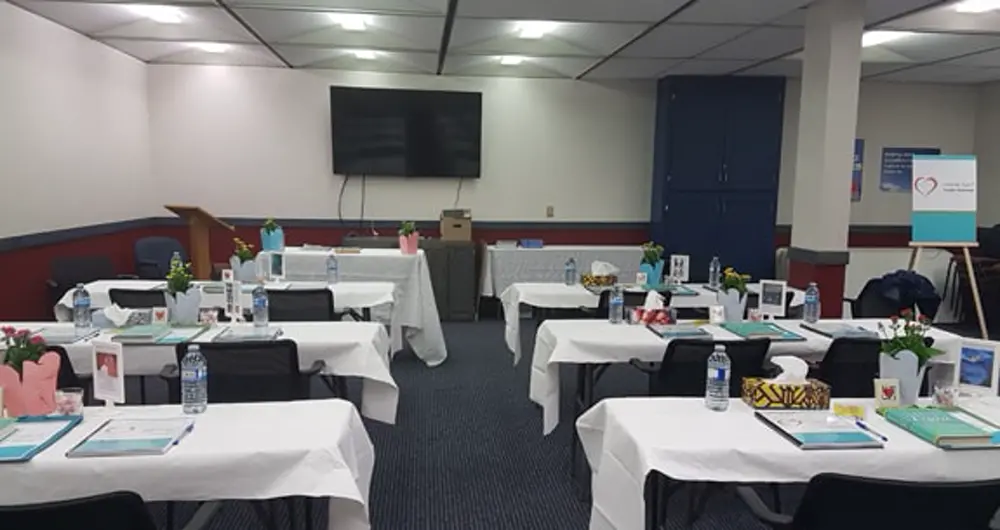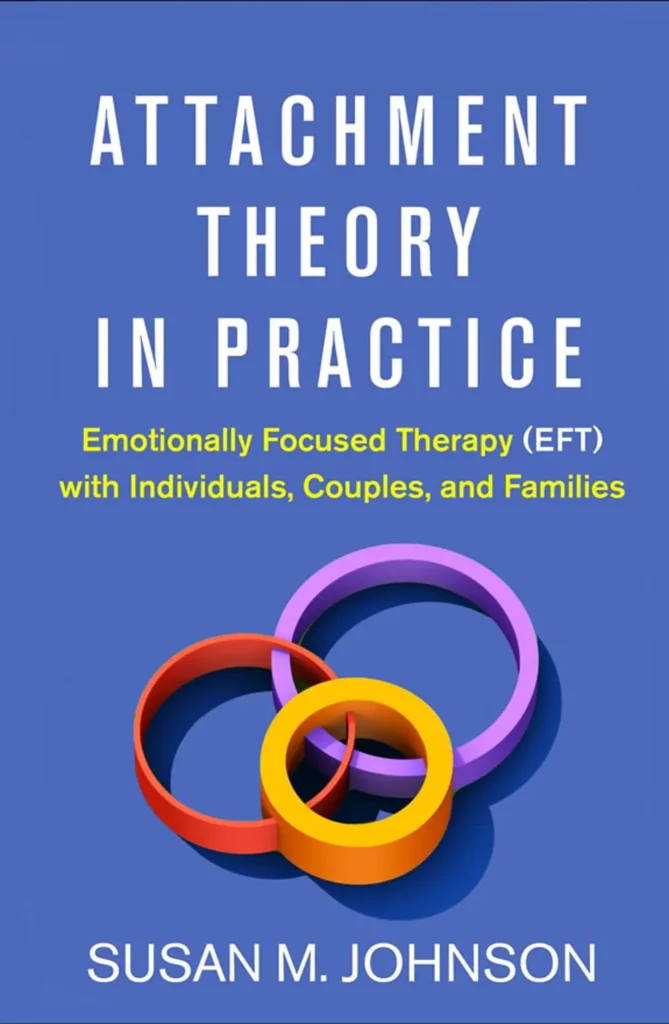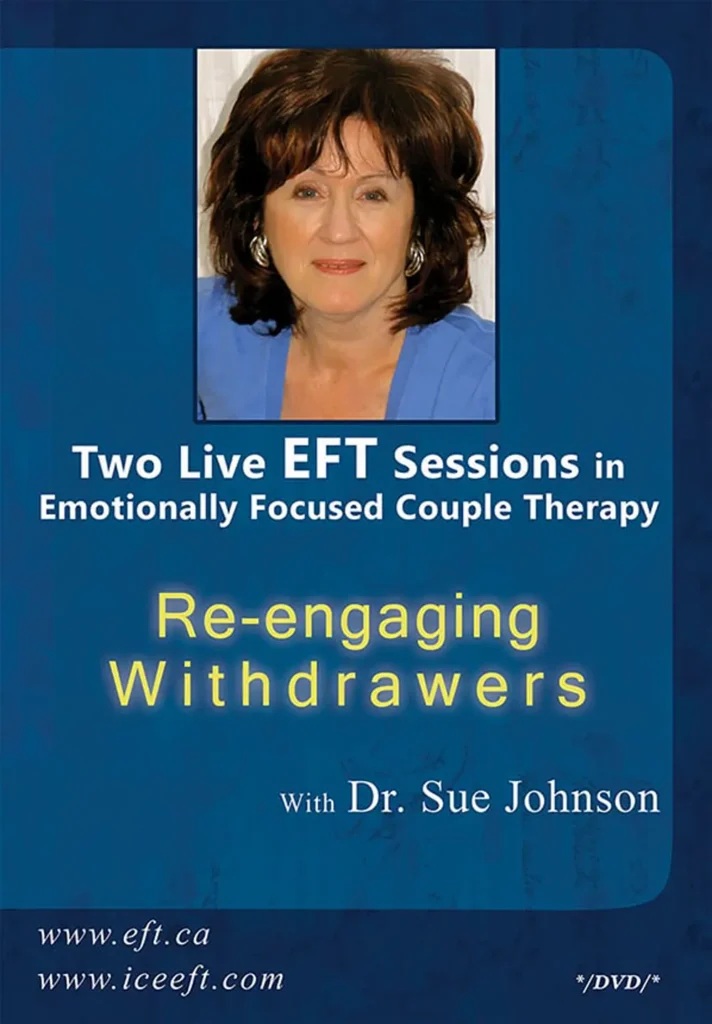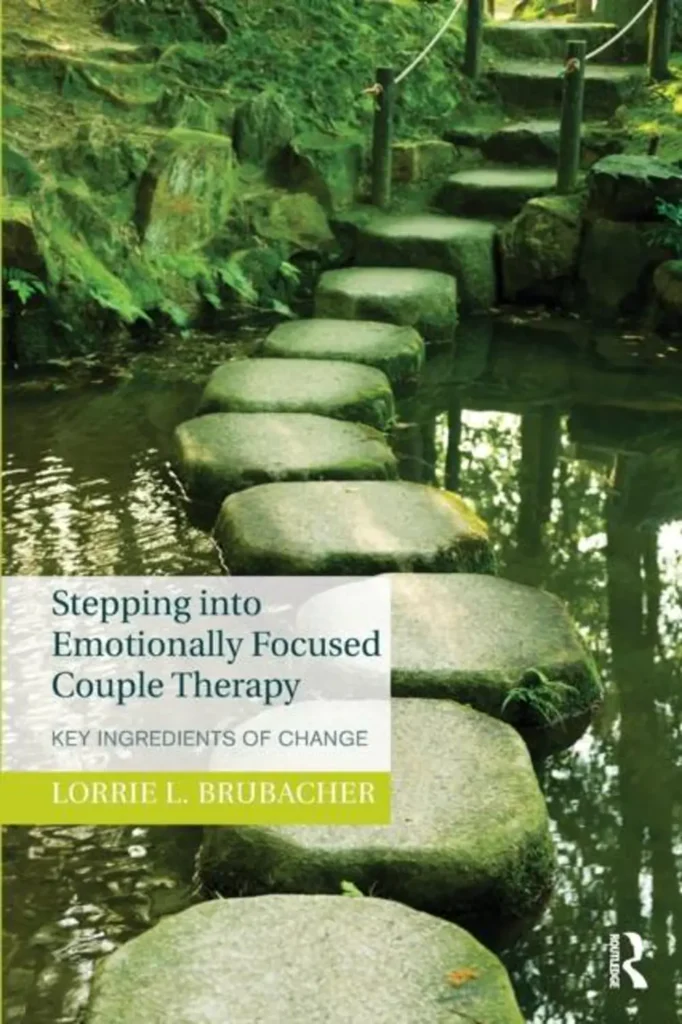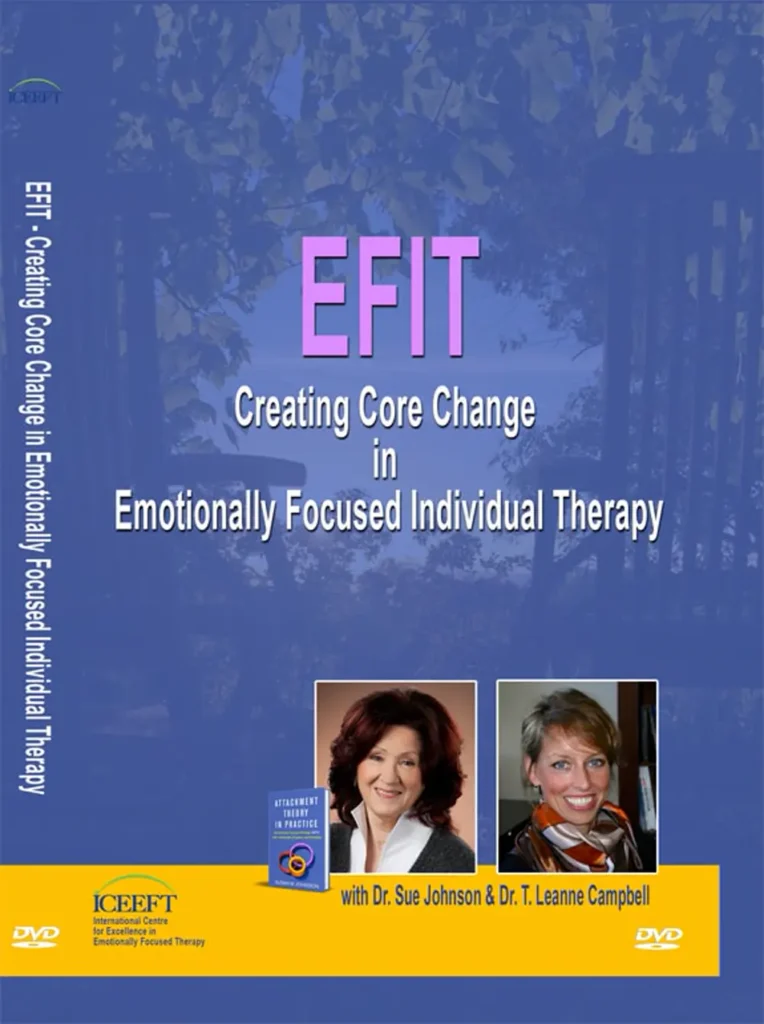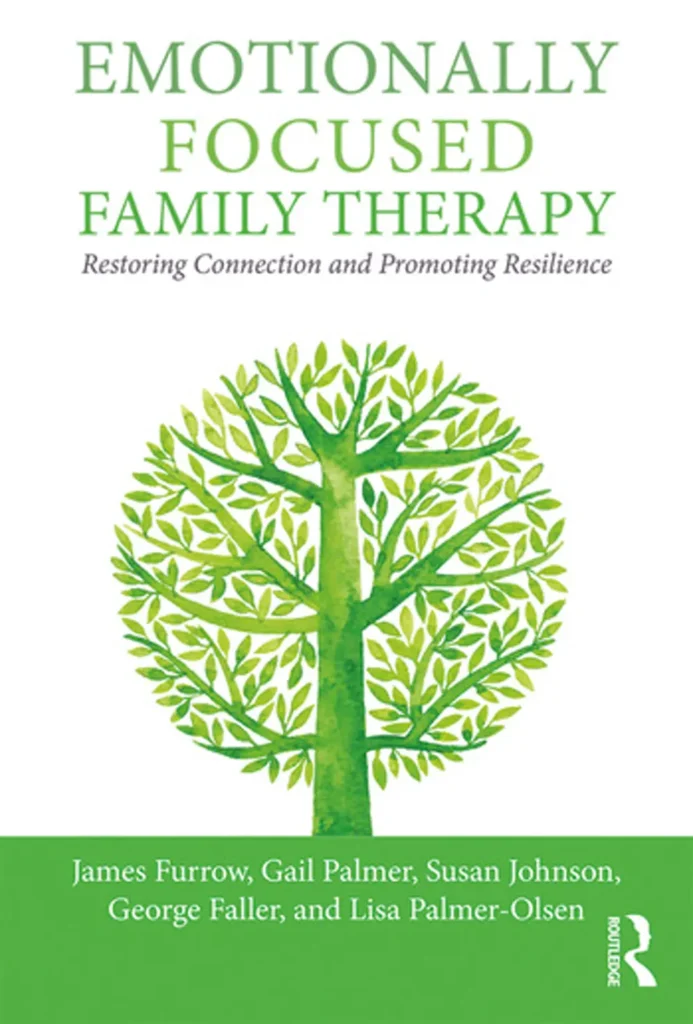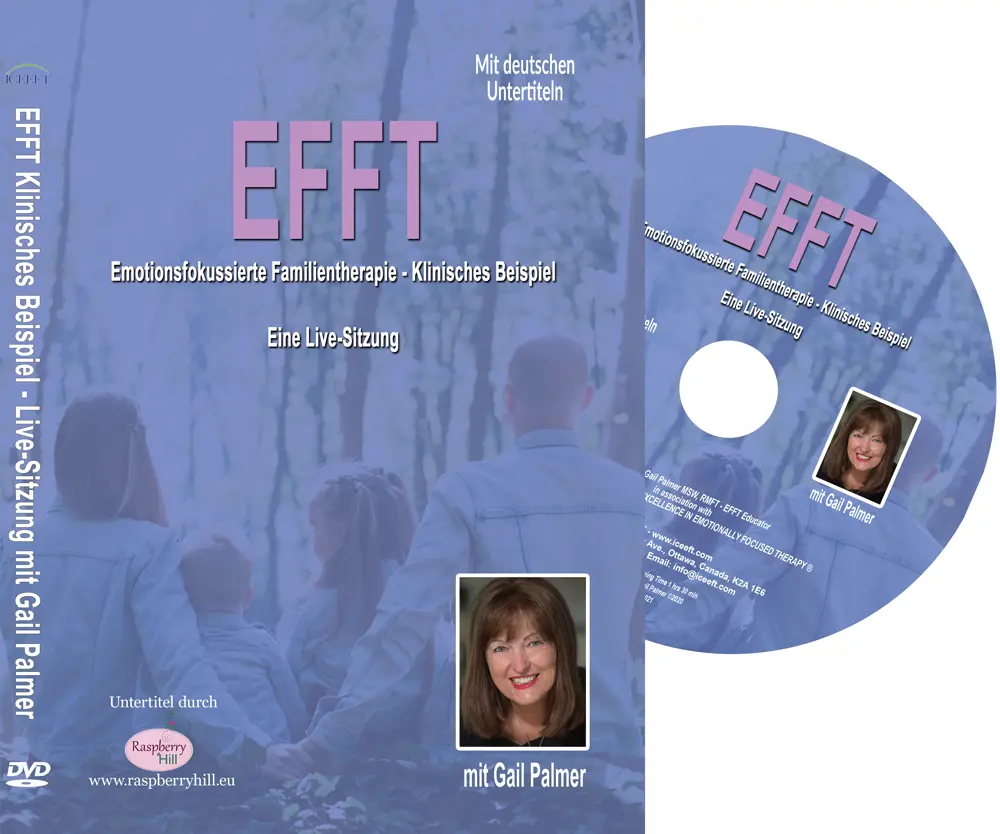(English translation)
This text is the English translation of EFT-Ressourcen.
Resources for everybody
Probably, the best resource to get to know EFT for everybody. Heralded by the New York Times and Time as the couples therapy with the highest rate of success, EFT works because it views the love relationship as an attachment bond. This idea, once controversial, is now supported by science, and has become widely popular among therapists around the world. In her breakthrough bestseller, Hold Me Tight, Dr. Sue Johnson presents EFT in a hands-on guide for love relationships.
This Hold Me Tight : Conversations For Connection DVD accompanies the Hold Me Tight book and shows three couples who – with the help of Sue Johnson – go through six of the conversations. It can be used on its own as a roadmap for creating loving connection, or it can be used in conjunction with the book. For many clients this DVD has been a big relief, both in recognizing that other people stumble into the same relational road-blocks and in getting to know the EFT-roadmap, which can turn stressful and insecure love relationships into safe havens.
Visiting a Hold Me Tight seminar is an excellent way to get to know the EFT-Roadmap as a couple and make steps in saving and improving your relationship. The facilitators are normally EFT-Therapists, who you can ask for advice in case you get stuck. The seminars are given around the globe, so check out the scheduled seminars or contact your local EFT community in case you prefer to join in person. The program can also be joined as online e-learning.
Resources for colleagues
If you are a colleague, who is new to EFT we recommend you to read Sue Johnson’s magnum opus Attachment Theory in Practice. Drawing on cutting-edge research on attachment – and providing an innovative roadmap for clinical practice – Sue Johnson argues that psychotherapy is most effective when behaviour, thoughts, and emotions are seen through an attachment lens. The volume shows how EFT aligns perfectly with attachment theory as it provides proven techniques for treating anxiety, depression, and relationship problems. Each modality (individual EFIT, couple EFT, and family therapy EFFT) is covered in paired chapters that respectively introduce key concepts and present in-depth case examples.
The sessions on this Re-engaging Withdrawers DVD have often been used at EFT Externships. It shows Sue Johnson’s work with two couples John & Julia and Juli & Lee. Both couples are at the beginning of Stage 2, so watching these sessions gives a good impression of what the couples, with the help of their therapists, have been able to work through in Stage 1 and how the work at the start of Stage 2 looks like. We see Sue Johnson helping the more withdrawn partner to understand and express his vulnerable emotions. This has to take place before the more pursuing partner can be asked to open up and take considerable emotional risks.
In Stepping into Emotionally Focused Couple Therapy Lorrie Brubacher takes her readers step-by-step by the hand and accompanies them through the therapeutic process with all its pitfalls. The EFT process that is clearly structured, experience-based and attachment oriented. How this balancing act succeeds and key moments of change can unfold their effect is clearly and practically illustrated. The book also contains a chapter on individual therapy, EFIT.
Resources for EFT Individual Therapy (EFIT)
This EFIT – Creating Core Change in Emotionally Focused Individual Therapy DVD is what we see as the best example of EFIT (status end 2020). It shows a series of therapy consultation sessions of EFIT by Dr. Sue Johnson and Dr. T. Leanne Campbell. The two women, Natalie and Melissa, two individuals suffering from emotional disorders – anxiety and depression are presented and the basic intervention sequence of the EFT Tango with each client is illustrated. Sue Johnson and Leanne Campbell also discuss the session clips and highlight key moments in the process of change.
Resources for EFT Family Therapy (EFFT)
The 2019 book “Emotionally Focused Family Therapy – Restoring Connection and Promoting Resilience” has been written as a collaboration between Sue Johnson and the leading trainers in EFT Family Therapy, James L. Furrow, Gail Palmer, George Faller and Lisa Palmer-Olsen.
The book contains three parts: Theory & Practice, Following the Stages and Steps and Exploring Clinical Realities. The case examples in the third part provide impressive examples of how EFFT can heal deteriorated family relationship and foster the treatment of internalizing and externalizing disorders. One case example deals with the challenges facing stepfamilies. The last case example is about how families can deal with traumatic loss. We recommend readers to start from the back by reading the epilogue at page 318.
This session by Gail Palmer is a clinical example of EFFT. This DVD includes an introduction and commentary by Gail Palmer, highlighting specific moments in the session. Although it is a single session, it contains six important elements of the EFFT process:
- How to start a family therapy session so that each family member has space to share their experiences within the family in a safe and inclusive way.
- Tracking the cycle. The goal is to have an overall picture of how this family is stuck. From there, the most distressed dyad is identified.
- Processing the parent’s block on what stands between their good intentions to be there for their child and their inability to respond in a way that makes a difference.
- Ensuring parents are on board to ensure they are available and accessible. In EFFT, we want to strengthen that parent’s responsiveness, accessibility, and emotional responsiveness (ARE) before moving on to helping the adolescent open up.
- Helping their child to speak clearly about their emotional pain and to share some of it with his parents.
- To help him share his attachment-needs with his parents in a clear way. The therapist works with the parents to help them hear their child and respond to where he is in the present moment.
Diese Seite teilen
